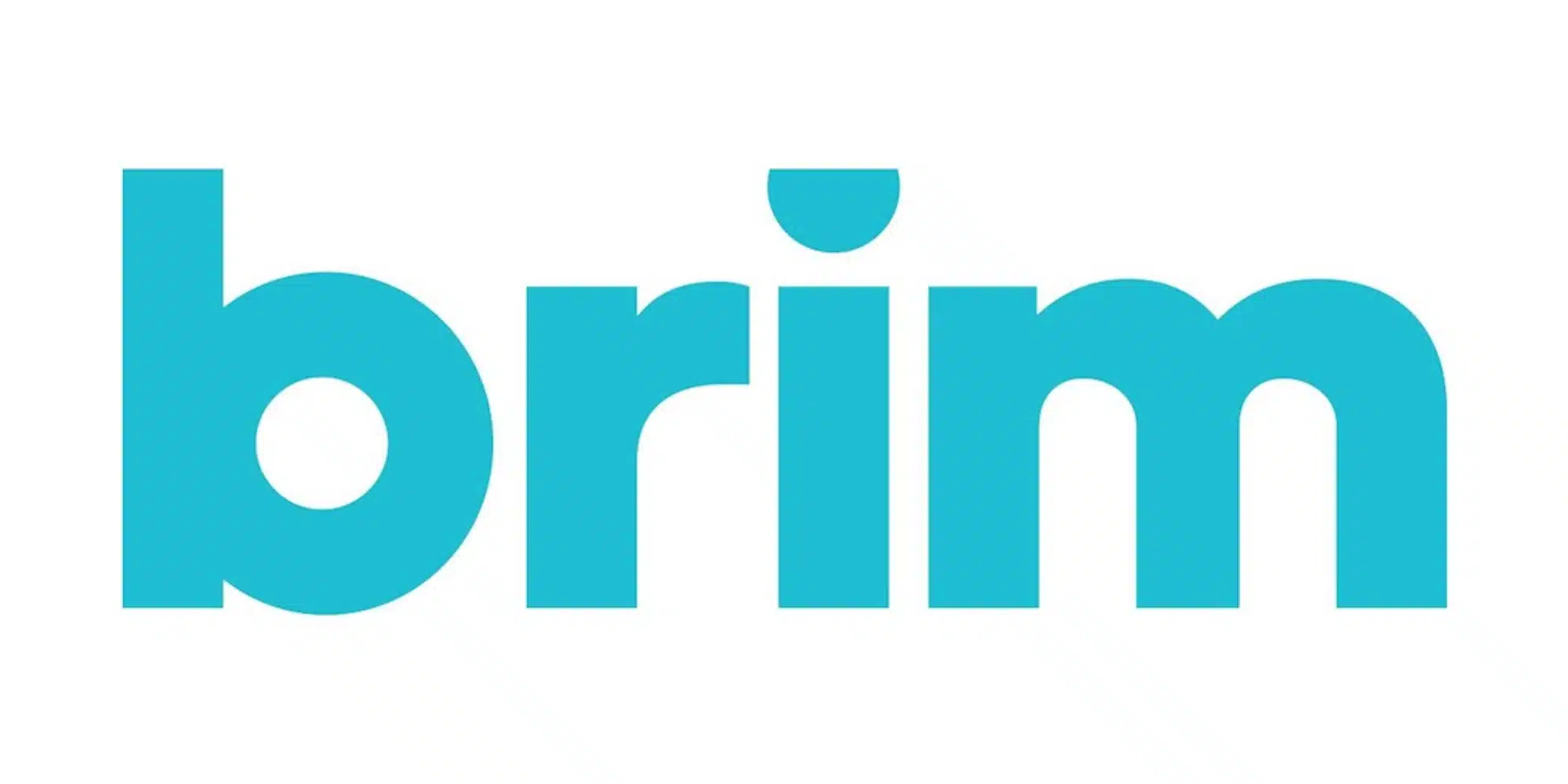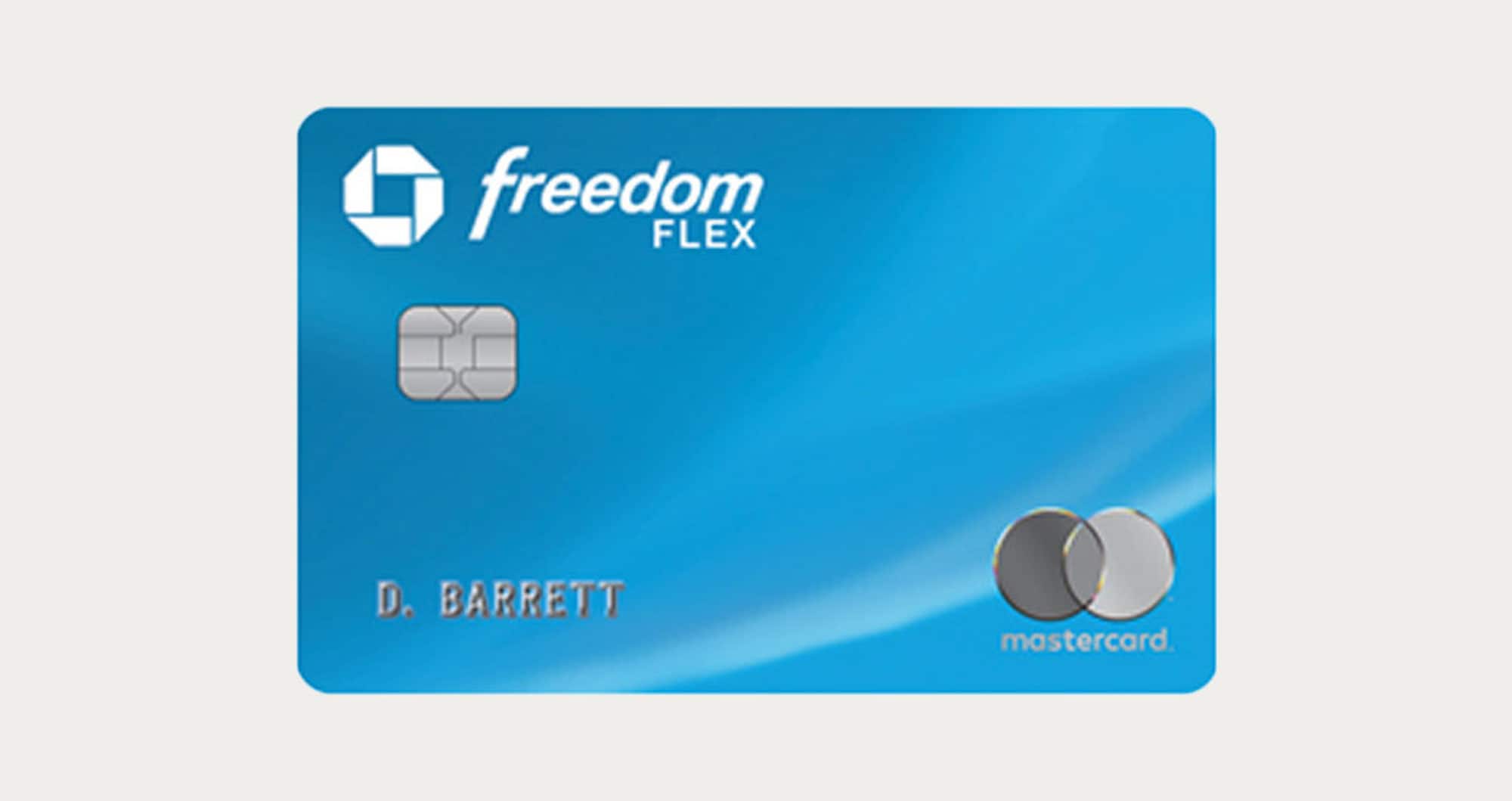
Small Business Tips
Countdown to Small Business Saturday: Small Business Website Tools
Does your small business have a website? Sure, having a Facebook page and other social media profiles may seem like enough to some entrepreneurs, but there are more benefits to having a site of your own — from search traffic and SEO to e-commerce — that you may not have considered. Moreover, thanks to advances in technology and some competition, building a sharp-looking and functional website is now easier and cheaper than you may realize.
While it may be too late to build and see results from a new business site before this year’s Small Business Saturday on November 26th, now is a great time to explore your options for the coming year. Let’s take a look at some of the tools available for building a small business website of your own.
Hosted Platforms

There was once a time when building and designing a site of any quality was a major investment. Between buying domains, hiring a website builder, and paying for hosting, the process of getting a site up was understandably intimidating for some small business owners. However a lot has changed in recent years, making site building far more DIY-friendly.
Hosted platforms can be a great option for business owners lacking in web knowledge and who want a simple, one-stop solution for building their sites and/or blogs. These platforms include Wix, Squarespace, Shopify, WordPress.com, and even Tumblr.
In many cases, these sites will offer a number of templates and customization options, along with drag and drop design tools. Several also provide you with a subdomain address (e.g. dyernews.wordpress.com) for free, although you can typically upgrade to a branded URL (e.g. DyerNews.com) for an additional fee. Alternatively you can purchase a domain name separately and have it forward to your site.
While hosted platforms can be a great starting point for small business sites, the downside of these platforms is the limitations they place on you and your site. This could include an inability to utilize certain third-party tools and could also make it difficult to move your site to a new platform down the road. Still, even with those restrictions, hosted platforms can be a good starting point for businesses that are new to the web.
Self-Hosted Options
If hosted platforms sound too limiting, there’s always the option to go the self-hosted route. This involves registering your own domain, finding your own hosting, and then utilizing one of several content management systems (CMS) to build your site. Obviously this is a bit more advanced than utilizing a hosted platform but might still be navigable for those with some tech-savvy or an ability to learn from the numerous YouTube tutorials available.

One of the most popular CMS platforms is WordPress.org — not to be confused with WordPress.com. Although the same company owns both sites, WordPress.com offers hosted solutions, while WordPress.org provides open source software you can utilize on your self-hosted site. In fact, approximately 40% of the world’s websites currently run a version of WordPress.
Despite that staggering statistic, most laymen probably don’t realize how many of the sites they visit on a daily basis utilize WordPress. That’s because there are a vast number of free and paid themes available that are designed to meet different needs. It should also be noted that while the themes featured in WordPress’s gallery are vetted for malware, you’ll want to exercise extreme caution when considering any free themes from elsewhere.
While WordPress is the most popular CMS, they’re far from the only ones. Some alternatives include Drupal and Joomla among others. However these tend to require even more technical know-how, so be prepared for a steep learning curve if you choose one of those alternatives.
Domain Registration
As mentioned, if you’re not joining a hosted platform, you’ll likely need to purchase a domain for your site. If you have a unique business name, this should be an easy process but, for those with popular names, you may need to get creative.
Luckily, with the list of domain extensions seemingly growing all the time, you do have a few options. One thing I’d recommend doing before trying to register your domain is to head to Namechk.com and see what’s available for both site names and social media accounts.
Once you are ready to buy, you also have a few choices for whom to purchase your domain name from. This list includes GoDaddy, NameCheap, Domains.com, and many others. Each of these services might offer different deals on certain domains as well as some additional features.
For example, while registering a site will often make your information publicly available in the WHOIS database, some of these sites will allow you to keep your info private for an additional fee. Finally, be sure to keep up with then your domain registration is set to expire so you don’t accidentally release it for others to snap up.
Hosting
With your domain registered, the next thing to consider is who will host your site. For most small business owners, this will likely mean starting with a shared hosting platform such as HostGator, SiteGround, A2Hosting, or AccuWeb Hosting. It’s relatively easy to get set up on shared hosting platforms like these and can be great options for sites that aren’t pulling in a ton of traffic just yet. However, as your site grows, you may want to consider upgrading.
An upgrade in this case means moving from a shared hosting platform to either a dedicated hosting option or a VPS. Both of these options are built for high-volume sites, although VPS solutions tend to be cheaper. Additionally, both choices are more secure than shared hosting. Some companies, like Liquid Web, actually offer both VPS and dedicated hosting options, allowing you to compare plans and see what makes the most sense for your site.
Payment Processors
A small business website can serve many functions, from providing basic business info to hosting a blog about the latest news in your field. Of course there’s also a huge opportunity in e-commerce for many businesses. But, before you can start selling on your site, you’ll need to consider how to process credit card payments.
In addition to payment options like PayPal that you can integrate into your e-commerce site, services like Square and Stripe will help enable you to accept credit card payments. Depending on the type of account you choose, you will likely be assessed a small fee per transaction. For example, Stripe and Square charge 2.9% plus $.30 for each e-commerce credit card payment (note: this e-commerce structure isn’t to be confused with Square’s point of sale pricing). Each of these services also provide support for recurring payments for subscription-based businesses along with many other options to fit your company’s needs.
E-Mail List Services and Plugins
Given the current climate and buzz, you might be led to think that it’s all about social media and that e-mail is no longer relevant. In reality this couldn’t be further from the truth. That’s why one of the features you’ll want to include on your website is an e-mail list sign up.
Starting your e-mail list begins with signing up for a service that will not only allow you to keep track of your subscribers but also craft media-rich mailings to highlight your content and commerce. A few popular options include MailChimp, AWeber, and GetResponse. These services will also integrate with WordPress, Shopify, Drupal, and others, making it easy to gain sign-ups and keep in touch with your customers.
Mobile

Another important aspect of reaching potential customers these days is ensuring that your site is mobile friendly. Beyond the benefit of having a fast-loading page and allowing mobile users to easily consume your content, mobile-friendliness is becoming increasingly relevant in terms of search engine optimization (SEO.)
As of May 2019 all new sites are indexed and ranked based on the mobile version of a website’s pages. Additionally in June 2021 Google started incorporating Core Web Vitals into its ranking algorithms. Core Web Vitals is composed of three separate metrics – Largest Contentful Paint (LCP), First Input Delay (FID), and Cumulative Layout Shift (CLS.)
All three metrics are part of the Page Experience algorithm, which includes mobile friendless and SSL requirements. Passing all three metrics is becoming increasingly important for gaining organic search traffic. Thankfully there are now a few tools, such as https://ampwptools.com/, that you can utilize to provide your mobile site visitors a better experience.
With 2023 approaching, nearly every small business should have its own website. Furthermore, while pricing and technical hurdles may have been legitimate excuses in the past, these days there are plenty of tools for building a great-looking site all by yourself. Whether you want a site that help searchers find your business, have a hub to share all of your latest news, or build an e-commerce platform to help grow your profits, these small business site tools will help you promote future Small Business Saturdays and reach customers all year round.





